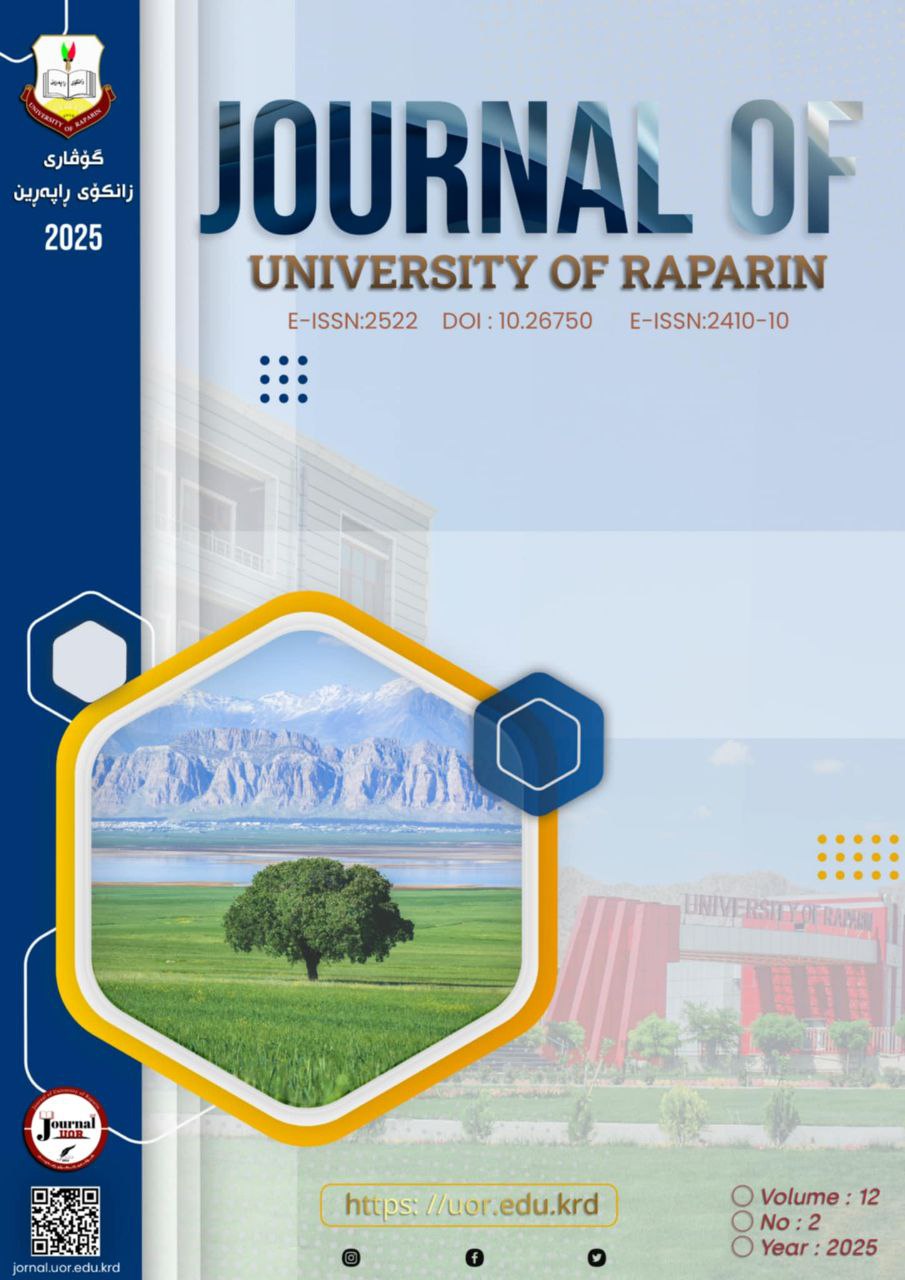Abstract
This paper aims to articulate the media evolution on how the old media species compete with new ones to adapt to the new conditions of the media ecology, in an ecosystem, when new media species emerge, old species try to adopt to the new paradigm. In this case, how Television deals with the new media environment? What are the main methods that television has to deal with to adopt to the new condition of media environments? in what ways, television has to alter programming and distribution strategies and practices to follow the new media species characteristics. The Television adaptation in the age intermediality present on two distinctive approaches; first intermediality operates as a fundamental condition or category between mediums, while the second approaches as a category of specific individual media products. As one the scientific attempts in the field of theorizing the media ecology, this paper, thematically deals on Television adaptation to other media platforms, as a case study it analyzes the tv program of Kurdsat channel during the past two decades. The paper concludes that with emergence a new communication and media platform such as VOD, and social media platforms etc., Kurdish Televisions tries to adopt with news screens (digital TV, Tablet and mobile phone) by developing new windows of transmedia and somehow imitating the characteristics new media species.
References
Syvertsen, Trine. 2003. ‘Challenges to public television in the era of convergence and commercialisation’. Television and New Media 4 (2): 155-175.
Jenkins, Henry. 2006. Convergence culture. Where old and new media collide. New York and London: New York University Press.
Katz, Elihu and Paddy Scannell (eds.). 2009. ‘The end of television? It’s impact on the world (so far)’. Special edition of The Annals of the American Academy of Political and Social Science: 625. Thousand Oaks: Sage
Curtin, Michael. 2004. ‘Media capitals: Cultural geographies of global TV’, in Television after television: Essays on a medium in transition, L. Spigel and J. Olssen (eds.). Durham and London: Duke University Press
Turner, Graeme and Jinna Tay (eds.). 2009. Television studies after TV: Under standing television in the post-broadcast era. London and New York: Rout ledge.
Uricchio, William. 2004. ‘Television’s next generation: Technology/interface/ flow’, in Television after TV: Essays on a medium in transition, L. Spigel and J. Olsson (eds.). Durham and London: Duke University Press
Mellencamp, P. (1990). Logics of Television: Essays in Cultural Criticism. Indiana University Press.
Williams, R., & Williams, E. (2003). Television: Technology and Cultural Form. Routledge.
Bolter, J. D., & Grusin, R. (1999). Remediation: Understanding New Media. MIT Press.
Jenkins, H. (2008). Convergence Culture: Where Old and New Media Collide. NYU Press.
Herkman, J. (2012). Intermediality and Media Change. Tampere University Press.
Scolari, C. A. (2009). The grammar of hypertelevision: An identikit of convergence-age fiction television (or, how television simulates new interactive media). Journal of Visual Literacy, 28(1), 28–50.
Scolari, C. A. (2023). On the Evolution of Media: Understanding Media Change. Taylor & Francis.
Scolari, C. A. (2013). Media evolution: Emergence, dominance, survival and extinction in the media ecology. International Journal of Communication, 7, 24.
Parry, R. (2011). The Ascent of Media: From Gilgamesh to Google via Gutenburg. John Murray Press.
The Moral Economy of Web 2.0 (Part Three)—Pop Junctions. (2008, March 21). Henry Jenkins. http://henryjenkins.org/blog/2008/03/the_moral_economy_of_web_20_pa_2.html
Bizzocchi, J. (2009). The fragmented frame: The poetics of the split-screen. La Web Del Massachusets Intiture of Technology. Http://Web. Mit. Edu/Commforum/Mit6/Papers/Bizzocchi.Pdf.
Blake, J. (2016). Television and the second screen: Interactive TV in the age of social participation. Routledge.
Caldwell, J. T. (2003). Second-shift media aesthetics: Programming, interactivity, and user flows. In New Media (pp. 127–144). Routledge.
Benshoff, H. M. (2016). Film and Television Analysis: An Introduction to Methods, Theories, and Approaches. Routledge.
Scolari, C. A. (2009). The grammar of hypertelevision: an identikit of convergence-age fiction television (or, how television simulates new interactive media). Journal of Visual Literacy, 28(1), 28-50.
Rajewsky, I. O. (2005). Intermediality, intertextuality, and remediation: A literary perspective on intermediality. Intermédialités, 6, 43–64.
Marchiori, D. (2013). Media Aesthetics. Preserving and Exhibiting Media Art.
Bolter, J. D., & Grusin, R. (1999). Remediation: Understanding New Media. MIT Press.
Brooke-Rose, C. (1981). A Rhetoric of the Unreal: Studies in narrative and structure, especially of the fantastic. Cambridge University Press.
Evans, E. (2011). Transmedia television: Audiences, new media, and daily life. Routledge.
Brooker, W. (2001). Living on Dawson’s Creek: Teen viewers, cultural convergence, and television overflow. International Journal of Cultural Studies, 4(4), 456–472.
Örnebring, H. (2007). Alternate reality gaming and convergence culture: The case of Alias. International Journal of Cultural Studies, 10(4), 445-462.

This work is licensed under a Creative Commons Attribution-NonCommercial-NoDerivatives 4.0 International License.
Copyright (c) 2025 Journal of University of Raparin

